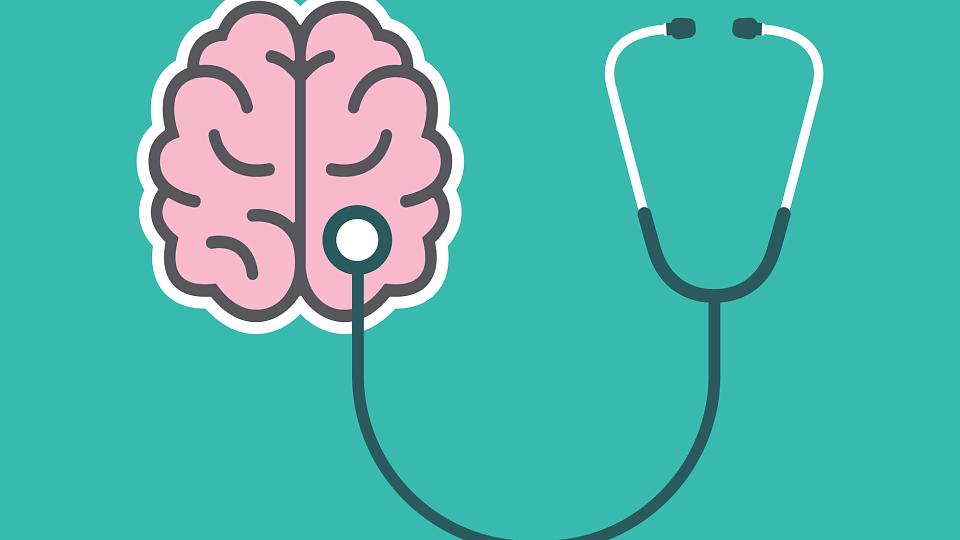
The 10 Levels of TBI Recovery
In the emergency room, health care providers can diagnose a traumatic brain injury (TBI) by using clinical scales, like the Glasgow Coma Scale, to measure the patient's ability to open their eyes, speak, and move. These exams help determine the severity of TBI. During the recovery process, patients progress through levels of recovery, but not everyone progresses through the stages the same way—or may never recover past a certain stage.
If you or a loved one acquires a TBI resulting from impairment to the head caused by an accident, sports injury, fall, assault, tumor, infection, or lack of oxygen to the brain, seek emergency medical care.
Levels of Recovery
The terms "mild," "moderate," or "severe" may be used to describe the effect of the injury on brain function.
“Most of the patients we see have moderate to severe TBIs, often with very obvious symptoms that effect their daily function,” explains Tyler Christensen, a speech-language pathologists at Craig H. Neilsen Rehabilitation Hospital at University of Utah Health. “But more awareness is needed for mild TBIs and concussions—both in protecting your head and looking out for each other. Every patient is different and will not always fit perfectly into each category."
Early Stages I to III
If your loved one falls in the range of Rancho Levels I-III, they can present in a coma-like state with no response to stimuli and gradually progress to inconsistently responding to external stimuli such as noise, light, voices, and touching. At these stages, patients will require a caregiver or hospital staff to complete all their basic needs. These patients cannot feed themselves and will typically require the use of a feeding tube.
Mid Stages IV to VI
These patients are in the middle of the Rancho scale. When your loved one is in stage IV, these patients can be very confused, agitated, or not agreeable. These patients may not act like themselves, and it can be very difficult to see. In these mid-stages, patients can become more agreeable and more like themselves; however, they may not have great recollection of events and may still be impulsive with poor safety and judgment.
Late Stages VII to X
When your loved one is in the later stages of the Rancho scale, these patients have a better ability to remember day-to-day and week-to-week events but may still require the use of a memory aide or might be more frustrated or irritable. Progressing through these stages, the patient can start to multitask with increased time to complete tasks. They can interact more appropriately in social situations but are at an increased risk for depression.
Groups at risk of TBI
Certain groups are at higher risk for TBI:
- Men are more likely to get a TBI—and have a serious TBI—than women.
- Adults aged 65 and older are at the greatest risk for being hospitalized and dying from a TBI.
- Children, especially newborns to 4-year-olds, and young adults between ages 15 and 24, are also at a higher risk to suffer from a TBI.
TBI Prevention
Here are a few steps you can take to prevent head injuries and TBIs:
- Always wear a seatbelt and use car seats and booster seats for children.
- Never drive under the influence of drugs or alcohol.
- Wear a properly fitting helmet when riding a bicycle, skateboarding, and playing sports such as hockey and football.
- Make your house safer by installing railings on stairs, getting rid of tripping hazards, and using safety gates for young children. Improve your balance and strength with regular physical activity to help prevent falls.
- Pay attention to your surroundings. Don't drive, walk, or cross the street while using your phone, tablet, or any smart device.
Craig H. Neilsen Rehabilitation Hospital
Our hospital was built for patients—of all capabilities—to interact with their surroundings in real-time. Our smart technology enables patients greater control of the space around them and their recovery. Come experience it for yourself.

Can You Experience Traumatic Brain Injury Symptoms Years Later?
You suffered a brain injury from a bump, blow, or jolt to the head earlier in your life. Years later, you experience one or many symptoms like foggy thinking or memory loss? Derrick Allred, MD, discusses if a concussion could be the cause.






